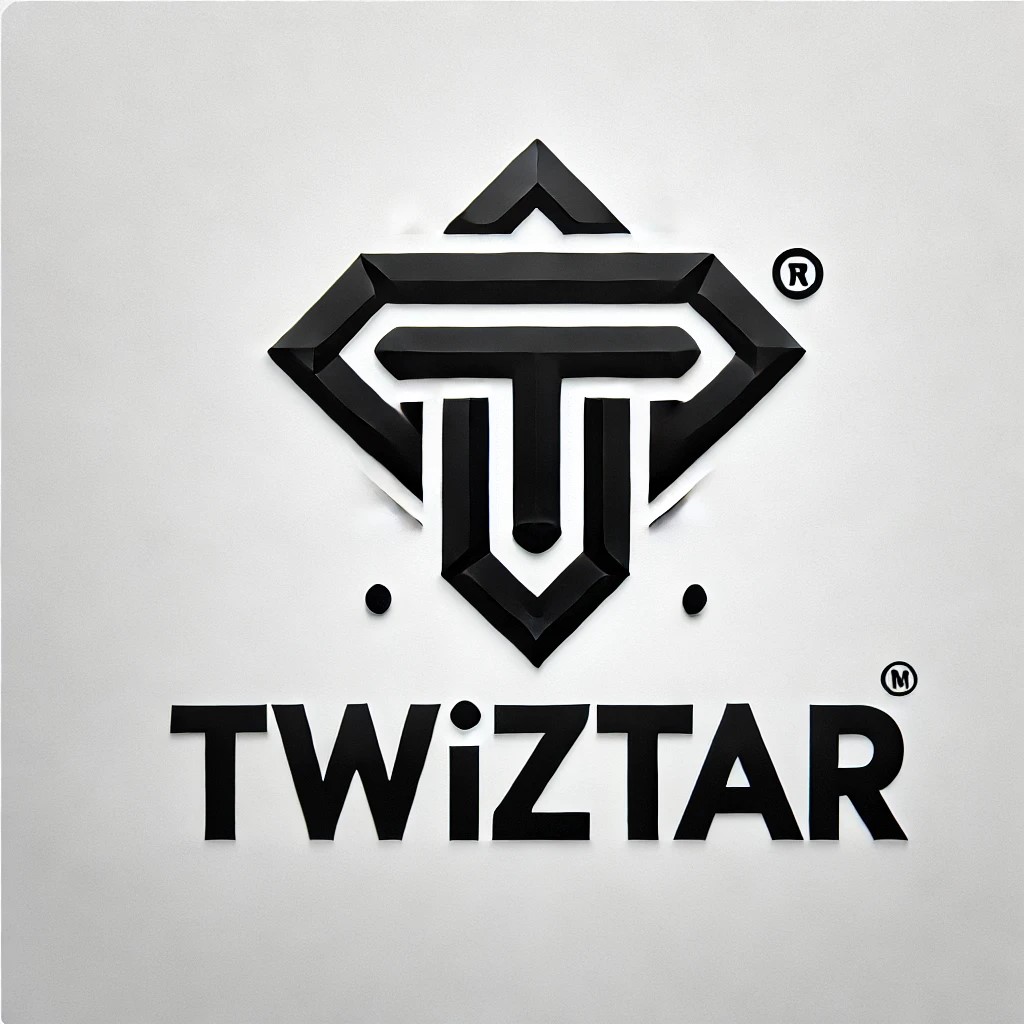Faced with the rapid increase in energy prices and the broader cost of living crisis, individuals are exploring innovative ways to reduce their energy bills. Dominic McCann, a resident of Manchester, England, discovered that his smart thermostat held valuable data that could be leveraged for energy savings. By hacking into his thermostat and using open-source software, McCann was able to track and graph temperature changes and thermostat activity in his home.
For instance, McCann noticed immediate changes in energy usage when he replaced his living room door with a different model. This observation spurred him to explore additional energy-saving measures.
Smart Thermostats: A Tool for Energy Efficiency
Smart thermostats, which can be remotely controlled via smartphones or tablets, have been marketed as cost-saving devices for years. They provide detailed information on energy consumption and automatic heat control, which can potentially reduce energy usage. These devices understand heating patterns, detect when the house is unoccupied, and adjust usage accordingly to save money.
Despite their potential, the effectiveness of smart thermostats in reducing energy consumption is debated. Some studies suggest they don’t always lead to lower energy use, while manufacturers claim their systems facilitate efficient heat management by providing insights into usage and enabling adjustments based on presence and weather conditions.
Financial Benefits and Industry Growth
Smart thermostats can offer significant financial benefits. They provide usage data, estimated monthly payments, and year-over-year comparisons, helping users stay within their budgets. Room-to-room comparisons highlight which areas of the house require more heating, potentially leading to more targeted energy use.
According to Neil Barbour, an industry analyst at S&P Global Market Research, over 75 million smart thermostats are currently in use worldwide, with this number expected to double by 2025. These devices can save up to 10% on household heating and cooling costs. By 2026, widespread adoption of smart thermostats in the U.S. could result in energy savings equivalent to the total energy use of Mississippi in 2020.
User Behavior and Future Prospects
User behavior significantly impacts the effectiveness of smart thermostats. Brent Huchuk from PassiveLogic technology company notes that some individuals who actively manage their heating and cooling can outperform smart thermostats. He also mentions that the shift to remote work has limited the potential savings from smart thermostats, as fewer people leave their homes during the day.
Compatibility is another consideration. Energy-efficient homes may not benefit as much from smart thermostats. However, future developments could see smart thermostats tracking real-time energy prices, allowing them to heat homes when energy costs are lowest.
Educating Consumers on Energy Use
Enrico Constanza of University College London emphasizes the importance of educating consumers about their energy use. Understanding the cost implications of heating at different times of the day can help individuals make more informed decisions. Simplifying the process of tracking energy expenditure can lead to significant savings and more efficient energy use.
In conclusion, while smart thermostats present a promising solution to rising energy costs, their effectiveness depends on user engagement, compatibility with existing systems, and ongoing advancements in technology. By leveraging these devices and staying informed about energy consumption, households can potentially achieve substantial savings and contribute to broader energy efficiency efforts.


